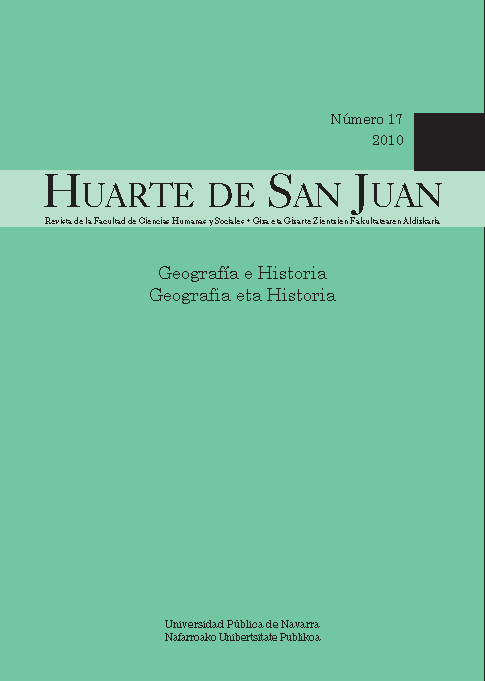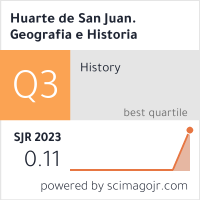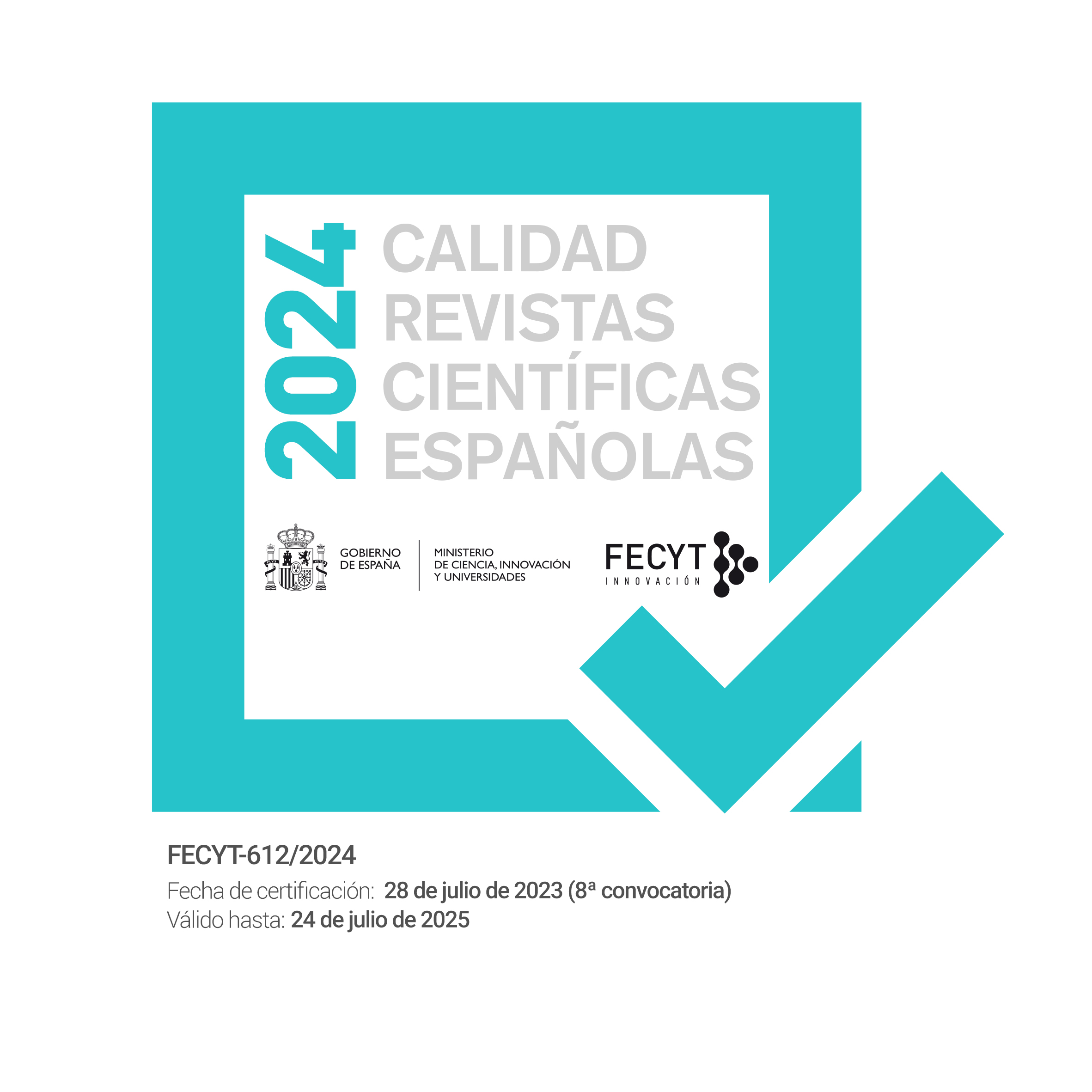An inquisitorial relation on the of Navarre witchcraft
Keywords:
Alonso Salazar Frías, National Historical Archive, Witchcraft, Inquisition, Urdax, ZugarramurdiAbstract
The witch trials had their greatest social repercussion in the history of Spain during the first half of the 17th century. The most famous of all was that which the Inquisition initiated in Logroño in 1609 against a focal point of witchcraft in Zugarramurdi (Navarre) which unleashed a large wave of witchmanía in Navarre and the Basque country which went on until 1614. This procedure gave way furthermore to a lengthy debate within the Inquisition itself about the reality of the phenomenon of witchcraft which pitched credulous inquisitors against the sceptics. The result of this debate –in which the role of the inquisitor Alonso de Salazar was fundamental – meant the end of the persecution of witchcraft by the ecclesiastic authorities and their inhibition in favour of civil justice. The popularity of the Logroño trial, particularly after a witch burning took place in 1610, gave rise to many stories describing the alleged practices and organisation of the socalled “sect of witches”. This article analyses the historical context and meaning of these stories and transcribes one of them which is preserved in the National Historical Archive (Madrid).
Downloads
Downloads
Published
How to Cite
Issue
Section
License
La información referente al sistema de autoarchivo y política de derechos de explotación establecido por esta revista puede consultarse en DULCINEA.









